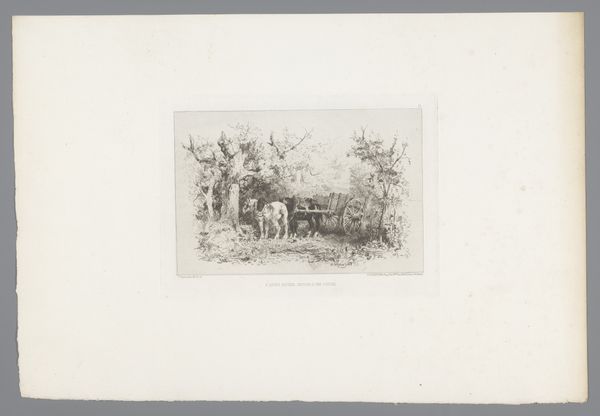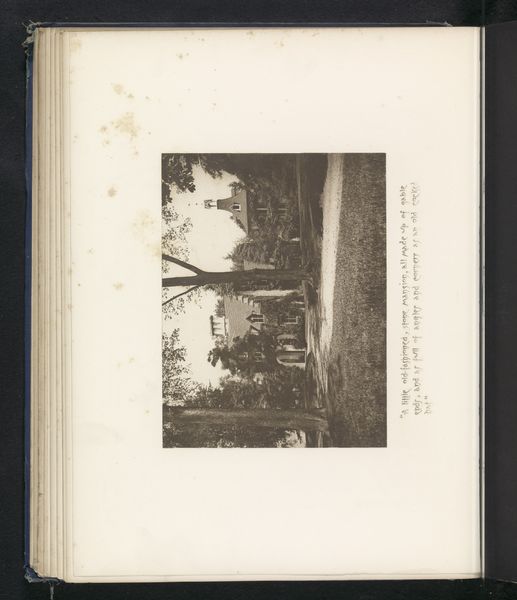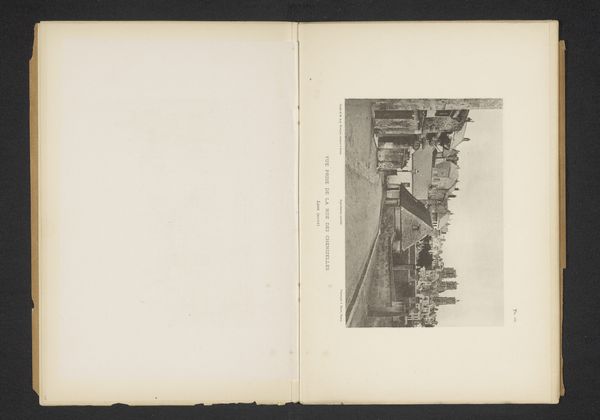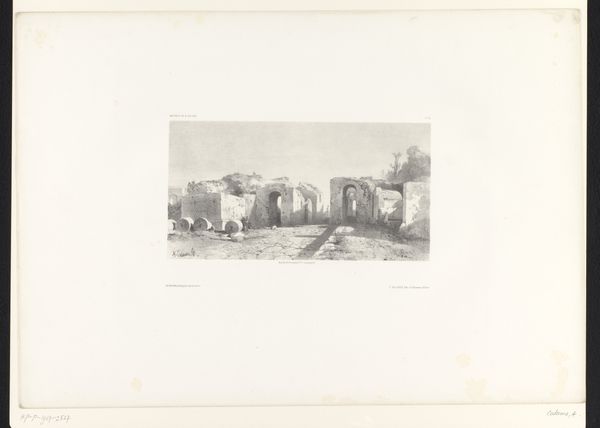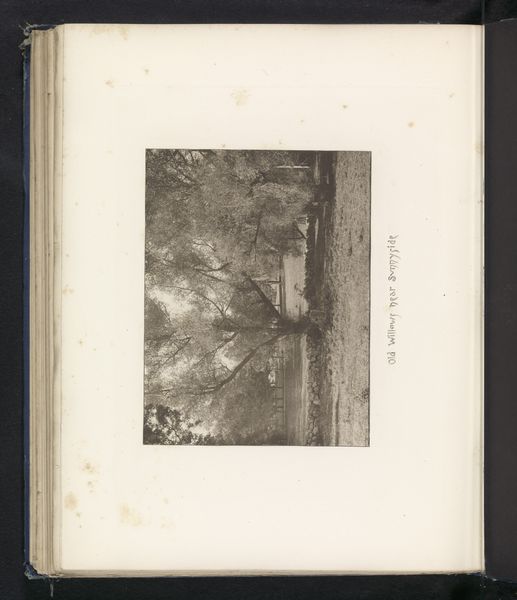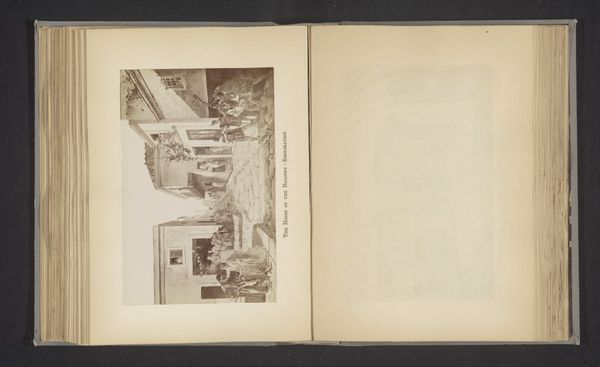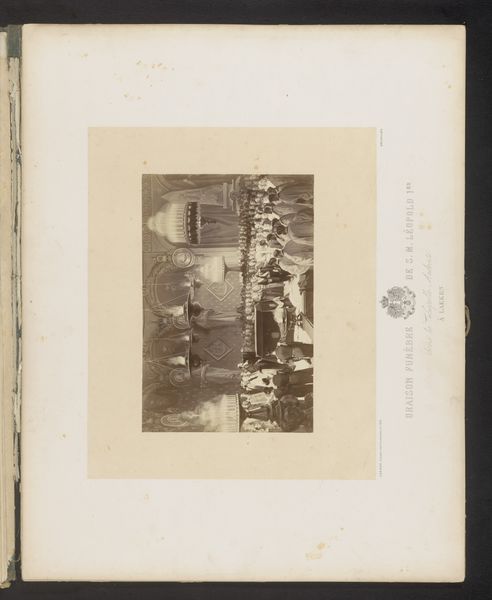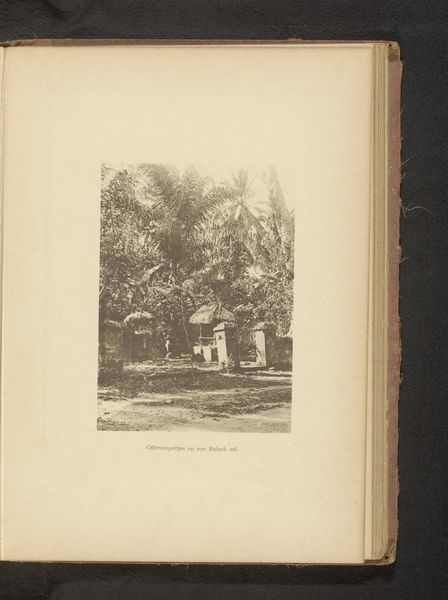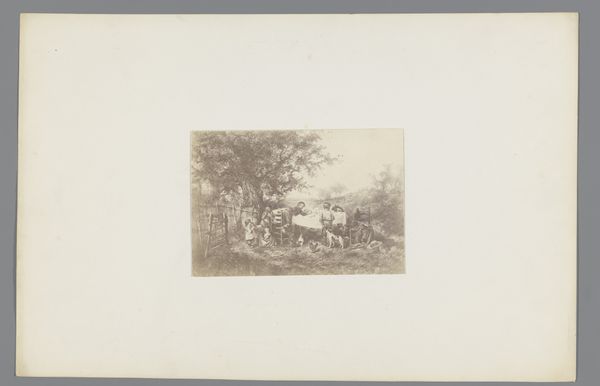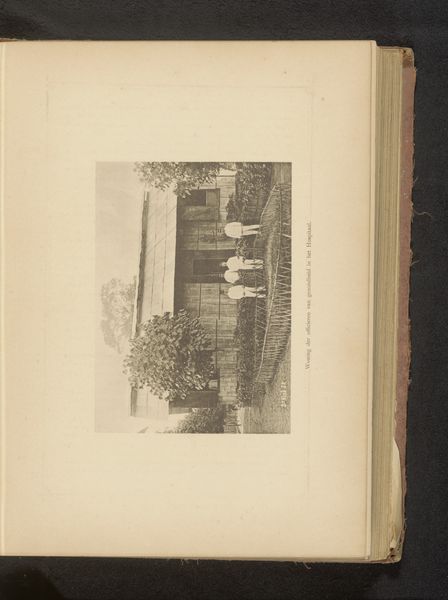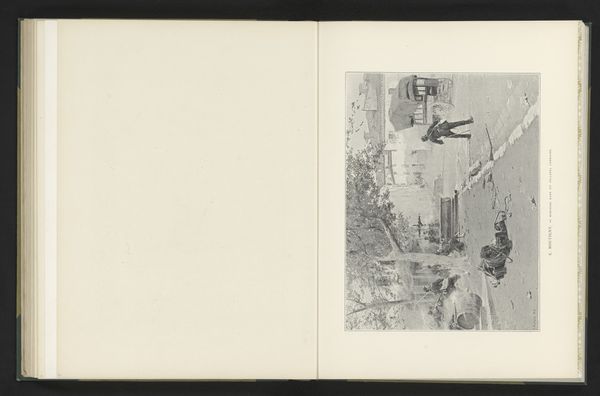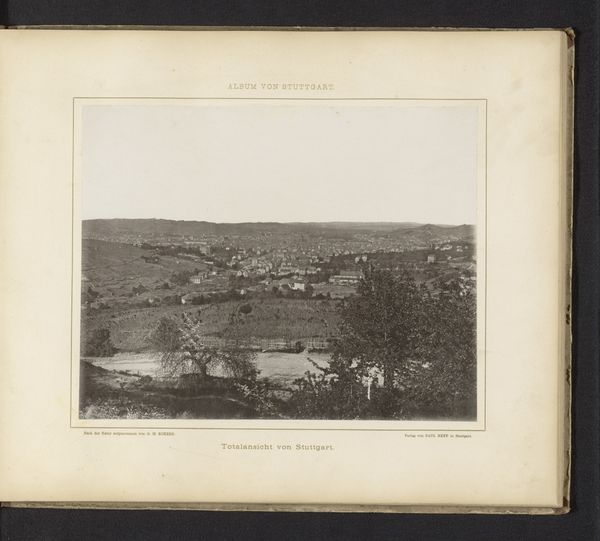
Verwoeste huizen in Oosterweel na de ontploffing van een munitiefabriek op 6 september 1889 Possibly 1885 - 1889
0:00
0:00
print, photography, photomontage
# print
#
landscape
#
photography
#
photomontage
#
realism
Dimensions: height 119 mm, width 165 mm
Copyright: Rijks Museum: Open Domain
Curator: Here we have a rather haunting piece, likely dating from between 1885 and 1889. It’s entitled "Verwoeste huizen in Oosterweel na de ontploffing van een munitiefabriek op 6 september 1889," which translates to "Destroyed houses in Oosterweel after the explosion of a munitions factory on September 6, 1889". The artist is Henri Schleusner, and it's a print based on a photograph or possibly a photomontage. Editor: Whoa. That's intense. It’s like a still from a disaster movie, all grayscale and gritty. You can almost smell the smoke and hear the eerie silence after the blast. Kind of takes your breath away. Curator: Indeed. It presents a stark image of devastation, providing a raw, unromanticized view of industrial accidents and their impact on communities. Notice the ruined architecture - it's both a landscape and a social document. Editor: The realism is unsettling. Look at the houses – half standing, roofs caved in…you see glimpses of ordinary life ripped apart. Did Schleusner mean this as a critique, you think, or just a record? Curator: Likely both. Images like these served as historical records but also functioned as visual arguments for improved safety regulations and corporate responsibility, at a time when industrial accidents were far too common. Editor: I’m struck by how easily a place can be obliterated, made unrecognizable in an instant. Makes you wonder about the people who lived there, their stories, all swallowed up by the blast. And now here we are, generations later, looking at a ghostly echo. Curator: Exactly. Schleusner's image acts as a memento mori, reminding us of the fragility of life and the built environment in the face of unchecked industrialization. The print has entered various museum and archival collections, to keep reminding society of a darker history. Editor: A grim but vital piece, no doubt. Forces you to face realities we'd often prefer to ignore. Sobering, yeah, but unforgettable too. Curator: It certainly underscores the power of photography and printmaking to document human experience in times of crisis, offering a powerful visual testimony that continues to resonate.
Comments
No comments
Be the first to comment and join the conversation on the ultimate creative platform.
